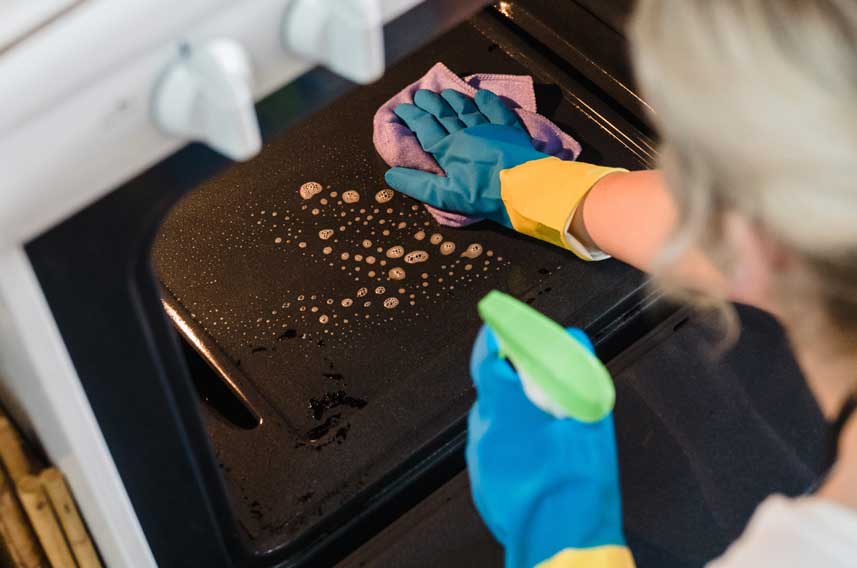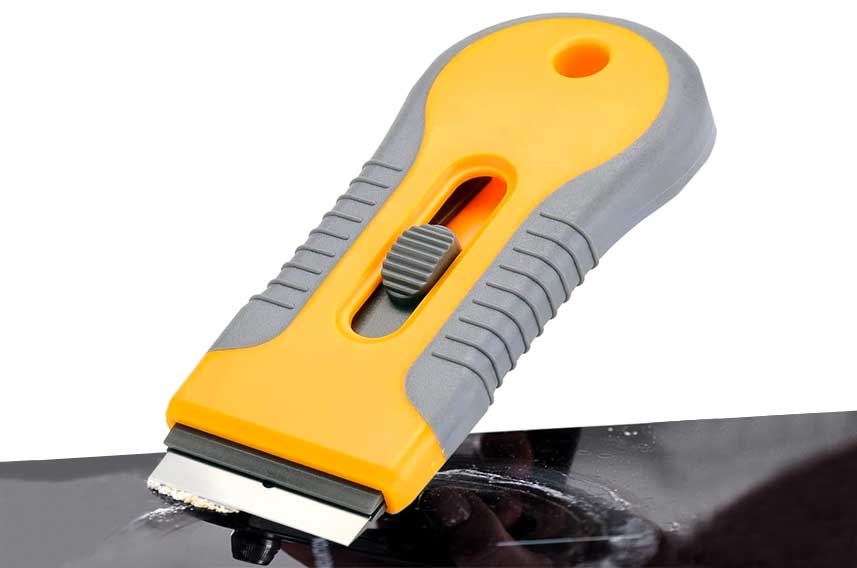Tel: 01474 876800 • 24 Hr: 01474 876809 • Client Portal
- Who We Are
- What We Do
- Build
- Carpentry
- Building Works
- Commercial Flooring
- Commercial Glazing
- Commercial Locksmith
- Commercial Painting & Decorating
- Commercial Plastering
- Commercial Plumbing
- Commercial Refurbishment
- Commercial Roofing
- Design & Construction
- Electrical Installation
- Hard & Soft Landscaping
- Mechanical & Electrical
- Office Builders
- Office Fit Outs
- Office Heating
- Office Partitioning
- Office Relocation
- Site Management
- Maintain
- 24 Hour Helpdesk
- Access Control
- Air Conditioner Repair
- Air Conditioning Servicing
- Commercial Boiler Servicing
- Commercial Electricians
- Commercial Ground Maintenance
- Commercial Pest Control
- Commercial Property Maintenance
- Drain Unblocking
- Emergency Callouts
- Emergency Light Testing
- Facilities Management
- Fire Alarm Testing
- Fire Extinguisher Testing
- Fire Sprinkler Testing
- Fixed Wire Testing
- Handyman Service
- Lift Servicing
- Office Health & Safety
- PAT Testing
- Planned Preventative Maintenance
- Reactive Maintenance
- Roof Maintenance
- TMV Maintenance
- Water Hygiene
- Clean
- Build
- How We Do It
- Why Use Us
- Contact

How to Clean an Oven
Cleaning an oven can be challenging.
However, there’s dozens of tools, methods, and step-by-step guides on ways to get great results.
Choosing the proper method for your oven can be a chore.
However, specific tools and methods work for most, if not all ovens.
This article explains and simplifies the process of cleaning an oven thoroughly.
Table of Contents
Tools & Materials
To properly clean an oven, you’ll need to gather the following tools and materials:
- Oven scraper
- Bicarbonate of soda
- Paper towels
- Rubber gloves
- Scrubbing brush
- Spray cleaner
How Often Should You Clean An Oven?
Like any household appliance, clean your oven regularly to avoid bacteria and stuck on grime buildup.
As a bare minimum, you should clean your oven every three months, but if you can, bi-weekly cleans are even better!
Weekly oven cleaning is not strictly necessary.
But if you do, you’ll certainly have a sparkling clean oven all year round!
A weekly wipe-down ensures cleanliness and prevents significant grime buildup, maintaining hygiene and saving time longer term.
A deep clean every three months removes entrenched grime and reveals any potential repairs.
How to Clean Inside the Oven

Clean the outside and inside of your oven separately.
Different cleaners, tools, and procedures are required.
The outside of the oven responds best to an all-purpose cleaner made with natural ingredients paired with a microfiber towel or clean rag.
If you have a stainless steel oven, finishing touches can be applied with stainless steel polish.
The polish should be applied using a microfiber cloth or an old rag.
However, do not apply polish to the oven’s interior as it may catch fire.
Clean the inside of the oven weekly, using a natural cleaner and an old rag.
Use an oven scraper and scrubbing brush to remove tough grease and grime.
For best results, scrape the oven’s interior before applying cleaner.
This ensures the grime is already loose, allowing the cleaner to work correctly.
Self Cleaning Function
Many ovens feature a self-cleaning mode that locks the stove and heats the interior to around 288 to 320 degree Celsius.
The self-cleaning mode heats grease and grime to the point of ignition and evaporation, sterilizing the oven interior without a cleaner.
Due to the immense heat, never use the self-cleaning mode with objects in the oven, as this is a major safety hazard.
Additionally, after using the self-cleaning mode, wipe down the oven with natural cleaner and a microfiber cloth as a precaution.
Self-cleaning mode heats grease and grime to the point of ash.
Therefore, take special care to ensure adequate ventilation and airflow when using the self-clean functions.
On some models, removal of the oven racks may be required when using the self-cleaning function.
Store Bought Cleaning Products
When buying cleaning products for your oven, ensure they are non-toxic, natural, and rated for oven cleaning.
Ovens produce extreme heat and handle food, therefore toxic cleaning products can deposit residue into food and cause digestive issues and other symptoms of illness.
However, oven-specific cleaners are much safer and more effective.
Below is a list of oven-safe, effective cleaners.
- Spray Nine (also effective for cleaning stainless steel)
- Stardrops Cleaning Paste (oven safe)
- EasyOff Fume Free Oven Cleaner
- Carbona Oven Cleaner
- Goo Gone Oven Cleaner
Additionally, oven cleaners combust at a certain heat level.
If an oven’s self-cleaning mode reaches 315 degrees Celsius, use oven cleaners once the oven has cooled down.
Homemade Natural Cleaners
While store-bought cleaners are relatively safe and effective, natural homemade cleaners can be cheaper and equally effective.
A ratio of 1 cup of white vinegar mixed with 4 cups of warm water is an excellent natural cleaner.
The vinegar is an ideal grease cutter and is non-toxic, unlike other cleaners.
Baking soda, mixed with a paste of warm water is an effective natural cleaner.
Adjust the ratio as necessary to produce a thick paste, then spread it on the dirty area of the oven.
A heavily soiled oven requires stronger cleaners.
Mix 1 pound Arm & Hammer baking soda with 1 tbsp salt and two tablespoons of water.
Add water as necessary to create a thick paste.
Spread the mixture in the oven.
Allow the paste to harden overnight.
Once complete, use a spatula or scrubbing brush with warm water to scrape the mixture off, then spray with warm water to wash it entirely.
Additionally, sprinkle baking soda over the oven interior.
Spray with a 3:1 mixture of white vinegar and warm water, then scrub clean.
How to Clean the Oven Racks

The oven racks require different cleaning procedures than the interior or exterior of the oven.
However, you will use the same cleaners.
Baking soda mixed with warm water to form a thick paste is highly effective.
Spread the paste on the racks, rest for 5-10 minutes, then scrub clean with warm water and a brush.
Goo Gone oven cleaner is a highly effective store-bought oven cleaner.
Spray on the racks, scrub with a brush, then rinse with warm water.
Additionally, sprinkle baking soda on the racks and allow them to rest for 5-10 minutes.
Spray with white vinegar and let it fizz until the grease visibly dissolves.
Scrub with a stiff brush, then rinse with hot water.
Boiling water and large amounts of dish soap are other effective cleaning methods.
Wear rubber gloves to prevent burns from hot water.
Scrub with a stiff brush until the racks are clean, then rinse with warm water.
How to Clean the Oven Dials
Oven dials are easy to clean.
Spray the dials with an all-purpose cleaner, then wipe with a fresh microfiber cloth or an old rag.
Additionally, spray the dials with a 3:1 ratio of white vinegar and warm water.
Finally, scrub the dials with a fresh microfiber cloth or a clean, old rag.
Many ovens allow for the removal of the dials.
If your oven has removable dials, remove them and scrub them with dish soap and hot water.
If the dials are stainless steel, spray with steel cleaner and apply stainless steel polish afterward.
Overall, oven dials are easy to clean and maintain.
How to Clean the Oven Glass Door

Cleaning the oven door can be done with multiple store-bought cleaners or natural, homemade cleaners.
Windex glass cleaner is the most effective cleaning solution for glass oven doors.
Spray the cleaner on the glass, then wipe clean with a paper towel or microfiber cloth.
A 3:1 ratio of white vinegar and water is another effective oven glass door cleaner.
Spray the cleaner on the glass, then wipe clean with a paper towel or microfiber.
If the mixture creates streaks on the glass, apply more and keep wiping.
How to Keep an Oven Clean for Longer

Keeping an oven clean for more extended periods relies on regular maintenance schedules.
Weekly cleanings consisting of a spray cleaner and a wipe-down keep grime and grease manageable.
Clean the oven interior weekly to manage grease and grime.
Also, wipe down the oven exterior every time you wipe down your countertops.
Perform a monthly deep clean of the oven interior.
First, use self-clean mode to burn grease and grime, then thoroughly scrub the interior with your preferred oven-safe, store-bought, or natural cleaner.
Monthly deep cleans remove tough grease and grime and improve overall kitchen hygiene.
A clean oven does not harbour bacteria or pests.
Oven Liners
Oven liners, or oven sheets, are an excellent method of oven protection.
They are metal sheets lining the oven’s bottom to catch grease dripping and other grime.
Food crumbs that fall off during baking are a significant obstacle to a clean oven.
Oven liners prevent this issue.
Oven sheets are removable and are a great way to maintain cleanliness.
Oven liners are labeled as such and generally certified to 260 degrees Celcius.
Do not use silicone baking mats.
They will melt, creating a huge mess and a potential fire hazard.
You can find non-stick oven liners at Tesco and B&M.
Roasting Bags
Use roasting bags for roasting meat in ovens and grills.
A roasting bag allows the meat to cook through while preventing grease from dripping on the cooking apparatus.
Roasting bags keep the oven clean while maintaining moisture and flavor in the food, so it’s a win-win.
Additionally, roasting bags prevent any food moisture from settling on the oven interior, so they make a great deal of sense to use.
Wipe Grease Straight Away
Wipe away grease and clean your oven as soon as possible after use.
Grease and grime sets and hardens the longer it’s left to sit.
The sooner you remove the grease, the easier the oven will be to clean.
Clean Immediately After Use
Cleaning the oven immediately after use keeps it cleaner.
Additionally, cleaning the oven sooner gives the grease less time to cool and harden, making removing it easier.
Immediately cleaning an oven reduces time spent on weekly, biweekly, and deep-cleaning sessions due to less built-up grime and grease.
Hire a Professional
Hiring a professional to clean your oven may be necessary in extreme cases.
If the oven has been allowed to set while covered in grease and grime or presents a fire hazard, consult a professional.
Professional oven cleaning is expensive but will leave the oven much cleaner than you can do by hand.
Key Takeaways
Cleaning an oven can be challenging and confusing.
However, weekly and monthly deep cleaning will make oven maintenance, inside and out, much more manageable.
Oven cleaning can become effortless when done regularly.
Finally, there’s vast varieties of tools and natural and store-bought cleaners to make oven maintenance easier.
So really, keeping your oven clean shouldn’t seem as daunting as it might have been.


Request a Callback
Recent Posts
- How to Clean an Oven 01th Apr 2023
- How to Clean & Descale a Shower Head 01th Mar 2023
- How to Clean a Fabric Sofa 01th Feb 2023
- How to Get Rid of Mould 01th Jan 2023
- How to Clean a Mattress Properly 01th Dec 2022
- How to Clean a Washing Machine 01th Nov 2022
- How to Clean a Microwave 01th Oct 2022
- How to Get Blood Out of a Carpet 01th Sep 2022
- What is Access Control? 01th Aug 2022
- What is Hot Water Extraction Carpet Cleaning? 01th Jul 2022

